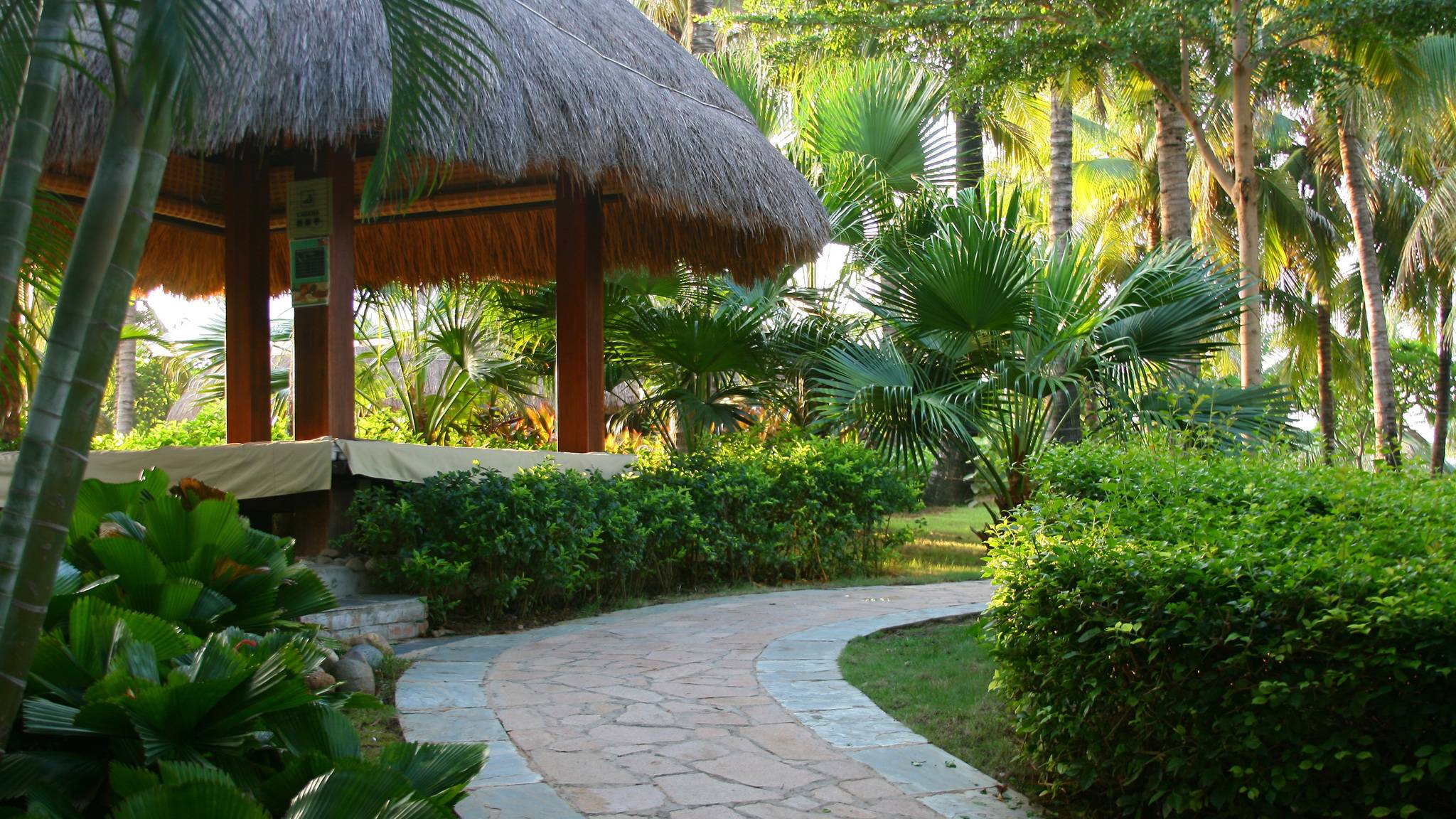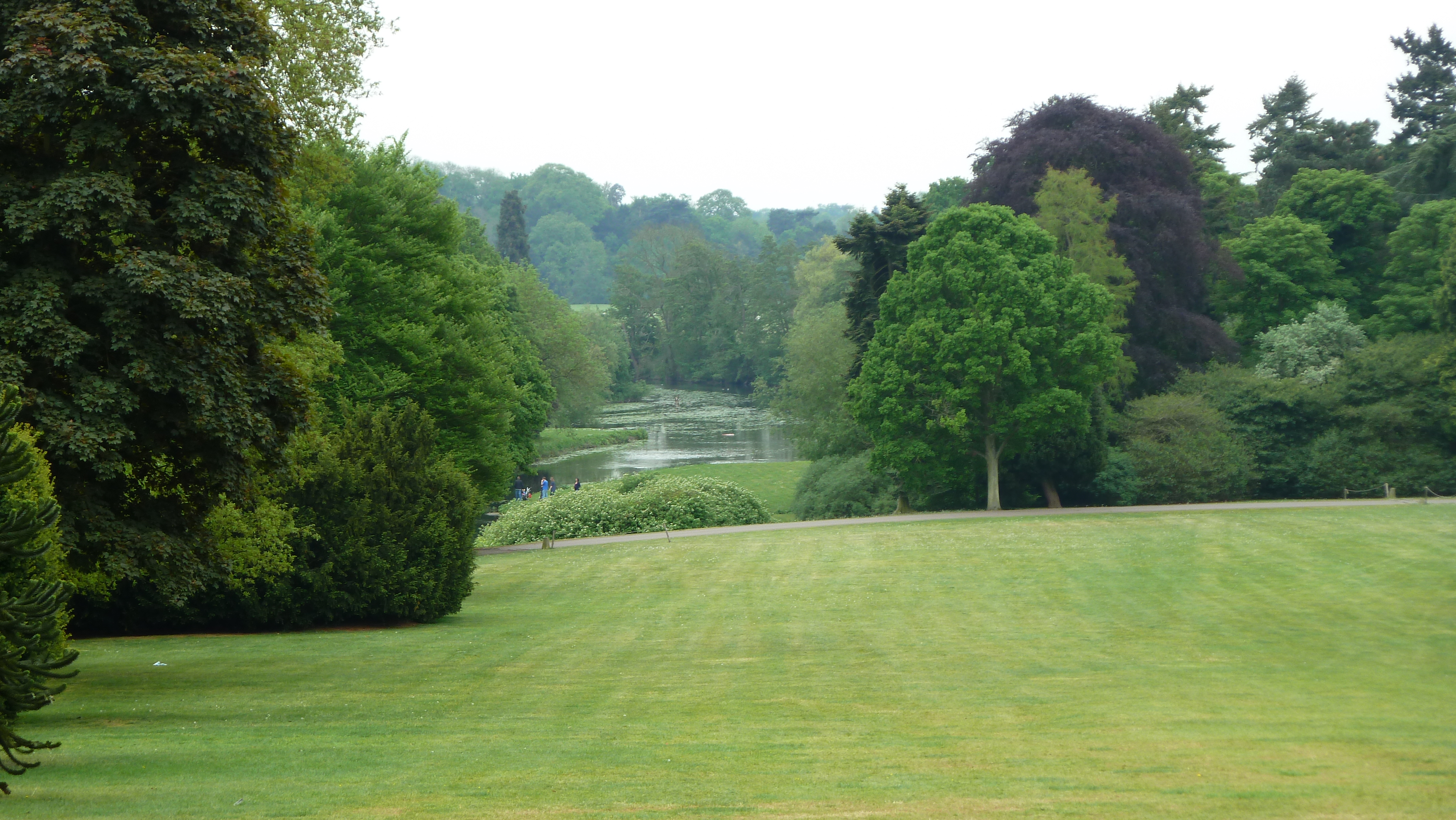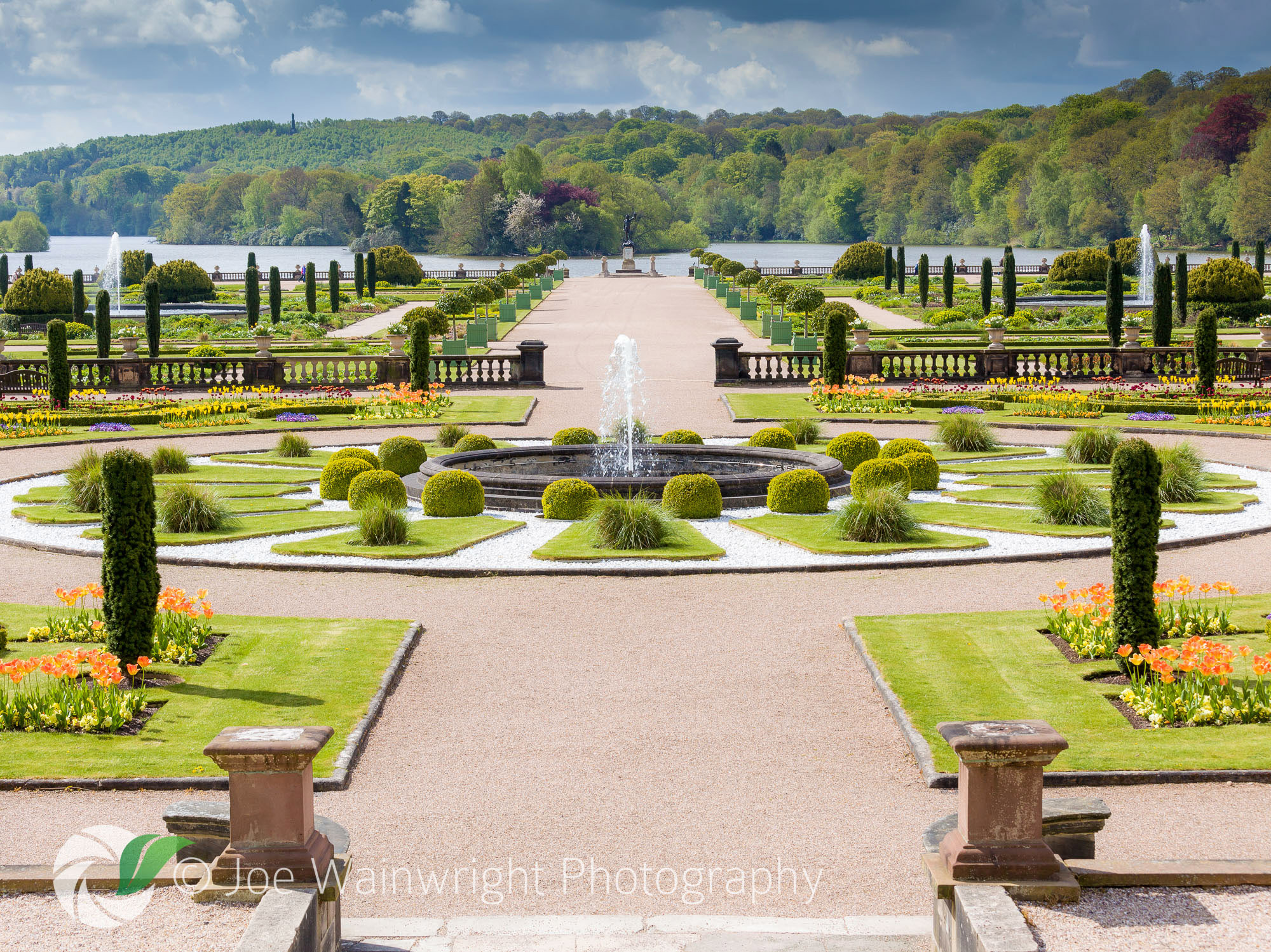Sunday, April 29, 2018
Amazing of Great Beautiful Gardens In Beautiful Gardens 5930
Saturday, April 28, 2018
Beautiful Garden Wallpapers Wallpaper Cave
10 Most Beautiful Gardens In The World
Lush Greenery Pictures Beautiful Gardens WonderWordz
Beautiful Garden Wallpapers Wallpaper Cave

Beautiful Kyoto Gardens \u2013 Japan World for Travel
The Sun Is Here at Last Get Into the Sun and Exercise the Gardening Way HuffPost UK
Home Green Drop Gardens
Gardening Quotes. QuotesGram
Hydroponic Gardening in the Greenhouse Interior Design Inspiration
Gardening Quotes. QuotesGram
Friday, April 27, 2018
HotelR Best Hotel Deal Site
File:BartowPell Garden View.jpg Wikimedia Commons

Turning Earth
File:View from Peacock Garden in Warwick Castle.jpg Wikimedia Commons

Executive Garden View Villa \u2013 The Chandi Boutique Resort and Spa
Thursday, April 26, 2018
Gardening for a better home
Gardening by the Moon\u002639;s Sign Dates April 2016 Old Farmer\u002639;s Almanac
Square Foot Vegetable Gardening Using Timber Raised Beds

Gardening \u00ab VAEF
Home Green Drop Gardens
Garden View Tea Room
Rear garden view Picture of NorthCourt Manor, Shorwell TripAdvisor
File:View from Peacock Garden in Warwick Castle.jpg Wikimedia Commons

UPVC Windows UPVC Replacement Windows London, Surrey, Kent
HotelR Best Hotel Deal Site
Open window
File:Carolnads, Western Garden view from Bordeaux Room 2013.jpg Wikimedia Commons

Green Garden View At Morning Wallpaper DreamLoveWallpapers
File:Japanese garden view 3.jpg Wikimedia Commons

Window View Of Garden www.imgkid.com The Image Kid Has It!
Monday, April 23, 2018
Blue Country Resort Panchgani, Resorts In Panchgani
Garden view from window Picture of Port Angeles, Washington TripAdvisor
Joe Wainwright Garden Photographer\u002639;s Association

Commodore, Alibaug \u2013 5 Bedroom Luxury Villa with Pool Sham Estate
File:Japanese garden view 3.jpg Wikimedia Commons

Sunday, April 22, 2018
Spring Garden Window Frame View Free Stock Photo Public Domain Pictures
By admin3:46 AMDomain, Frame, Free, Garden, Photo, Pictures, Public, Spring, Stock, View, Window
No comments:

File:South Carolina Botanical Garden view 2.JPG Wikipedia
Turning Earth
Garden View Guest Room The RitzCarlton, Grand Cayman

Accommodation Airlie Beach Coral Sea Resort

Saturday, April 21, 2018
Beautiful Garden Wallpapers Wallpaper Cave
 A garden is a designed space, usually outdoors, put aside for the display, fostering and enjoyment of vegetation and other kinds of character. Your garden can integrate both natural and man-made materials. The most frequent form today is known as a residential garden, but the term garden has customarily been a much more general one. Zoos, which display outrageous animals in simulated natural habitats, were formerly called zoological gardens.[1][2] Western gardens are almost universally depending on vegetation, with garden often symbols of a shortened form of botanical garden. Some traditional types of eastern home gardens, such as Zen landscapes, use plants sparsely or not at all.
A garden is a designed space, usually outdoors, put aside for the display, fostering and enjoyment of vegetation and other kinds of character. Your garden can integrate both natural and man-made materials. The most frequent form today is known as a residential garden, but the term garden has customarily been a much more general one. Zoos, which display outrageous animals in simulated natural habitats, were formerly called zoological gardens.[1][2] Western gardens are almost universally depending on vegetation, with garden often symbols of a shortened form of botanical garden. Some traditional types of eastern home gardens, such as Zen landscapes, use plants sparsely or not at all.




